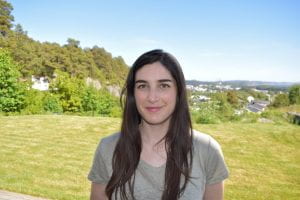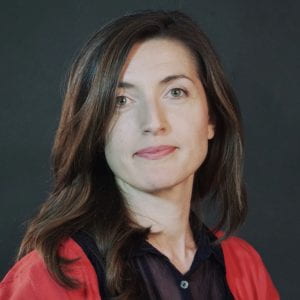 Dr Waag is a medievalist interested in Women’s History and Gender Studies, with a particular focus on power – its management and representation – and political communication, which she approaches from a comparative perspective. Dr Waag was awarded her doctorate from King’s College London earlier this year with a thesis titled ‘Forms and Formalities of Thirteenth-Century Queenship: A Comparative Study’, in which she examined how female power was formally and publicly expressed in England, France and the Iberian Peninsula. Dr Waag completed her B.A. History at Fordham University in New York, and her M.A. in Medieval History at King’s College London.Dr Antonella Liuzzo Scorpo, who led the submission of this application from the University of Lincoln said: “I am delighted to be supervising the development of this fascinating research project, which will examine the relationship and tensions between theory and practice of female rule in both
Dr Waag is a medievalist interested in Women’s History and Gender Studies, with a particular focus on power – its management and representation – and political communication, which she approaches from a comparative perspective. Dr Waag was awarded her doctorate from King’s College London earlier this year with a thesis titled ‘Forms and Formalities of Thirteenth-Century Queenship: A Comparative Study’, in which she examined how female power was formally and publicly expressed in England, France and the Iberian Peninsula. Dr Waag completed her B.A. History at Fordham University in New York, and her M.A. in Medieval History at King’s College London.Dr Antonella Liuzzo Scorpo, who led the submission of this application from the University of Lincoln said: “I am delighted to be supervising the development of this fascinating research project, which will examine the relationship and tensions between theory and practice of female rule in both  medieval Western Europe and the Mediterranean comparatively.
medieval Western Europe and the Mediterranean comparatively.
“Dr Waag’s research seeks to challenge some of the misleading views too often associated with the roles of women in the medieval period, by demonstrating that an heiress’ access to, or barring from, the throne was not evidence of a fundamental medieval opposition to female royal rule, but it was rather determined by specific contingencies and complex politics, differing according to political, legal and cultural contexts.
“Collaborating with Dr Waag towards the submission of this application has already been a very rewarding and intellectually stimulating experience, and I look forward to overseeing the next phase of this research journey. Dr Waag is a very talented and committed scholar, as well as a friendly and enthusiastic colleague, who will be a great addition to our team of medievalists at the Medieval Studies Research Centre and within the School of History and Heritage, as well as providing a valuable contribution to our vibrant Lincoln community more broadly”.


















